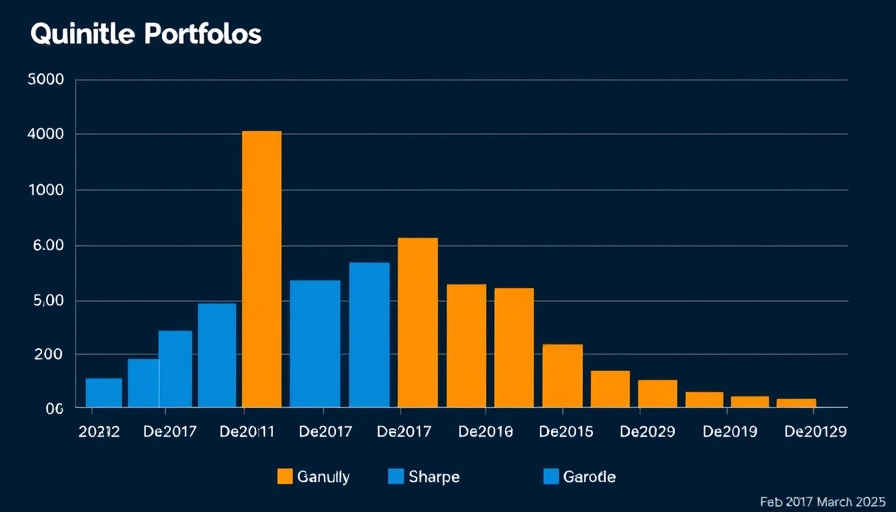
Rethinking Investment Priorities for Future Generations
In recent years, the finance sector has seen a significant shift towards impact investing. The newly developed child-lens investing framework by UNICEF USA, in partnership with 60 Decibels, VisionFund, and Global Partnerships, highlights an emerging trend where investments actively benefit children. By mobilizing capital markets to measure and enhance children's futures, this initiative demonstrates a proactive approach to sustainable finance.
Unlocking Potential Through Child-Lens Investing
The child-lens impact assessment approach devised by UNICEF USA prioritizes the evaluation of how investments affect children across diverse geographies and sectors. This method places children's rights and well-being at the forefront of financial considerations, encouraging both individual investors and family offices to align their capital with positive social outcomes. By applying rigorous metrics, investors can make informed decisions that contribute to both their financial returns and the betterment of children's lives worldwide.
The Broader Implications for Financial Inclusion
Financial inclusion is critical to building equitable societies, yet many children remain underserved by traditional financial systems. UNICEF's initiative to incorporate child-related factors into financial investment strategies responds to this pressing need. It also explores how financial service companies can adapt to better cater to the needs of young populations, ultimately ensuring that children's voices are heard in economic discussions that shape their futures.
Overcoming Challenges in Implementation
Despite the potential benefits, there are obstacles to effectively implementing child-lens investing methodologies. Investors may be skeptical or uncertain about adopting a new framework that differs from traditional profit-focused strategies. Moreover, collecting data that accurately captures the impacts on children's lives can be challenging. It will require collaboration between various stakeholders including financial institutions, governments, and NGOs to create a unified standard for measurement.
Inspirational Stories of Change
Examples of child-lens investing initiatives can inspire investors and stakeholders alike. For instance, programs that provide financial literacy education to youth empower them with the skills needed to make sound financial decisions. Such proactive measures help to prepare a generation for better economic futures while fostering a culture of responsibility and ethical investments.
Actionable Insights for Investors
Investors looking to join the movement should consider aligning their portfolios with sustainable and impact-driven funds. Exploring partnerships with organizations like UNICEF can enhance their understanding of child-lens investing principles and provide resources for proper implementation. By choosing to invest with a focus on social impact, investors will not only contribute to a better future for children but also increase the resilience and profitability of their investment portfolios.
In summary, the introduction of child-lens investing marks a pivotal step towards integrating social responsibility into financial practices. Investors have the power to reshape industries and ensure that children's needs and aspirations are prioritized. Join this initiative today and contribute to a future where every child has a chance to thrive.
 Add Row
Add Row  Add
Add 




 Add Row
Add Row  Add
Add 

Write A Comment